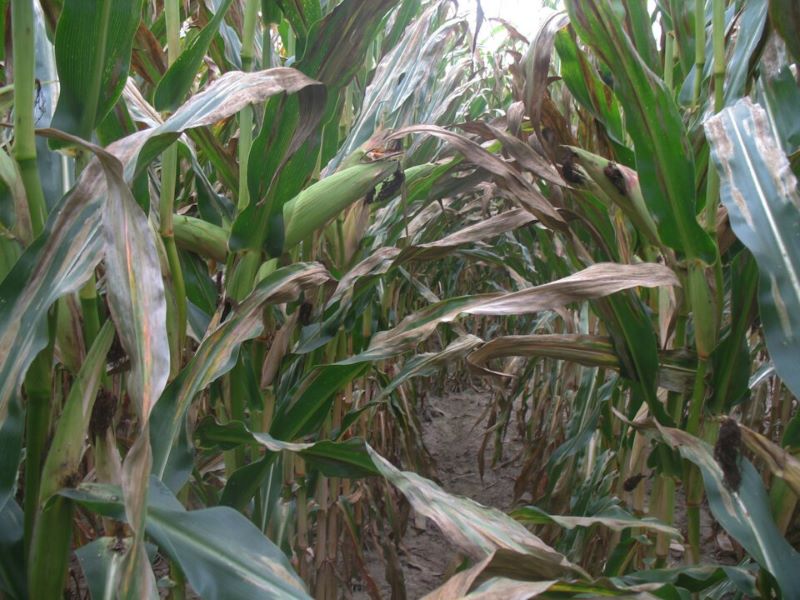November 15, 2021

Many corn growers experienced increased levels of disease pressure in their fields this season. In some cases, such as with foliar diseases like Gray Leaf Spot and Northern Corn Leaf Blight (NCLB), management plans were in place to help mitigate potential yield losses. But in others, such as Tar Spot, a relatively new foliar disease that infested large portions of the eastern Corn Belt, farmers were taken by surprise.
To manage diseases that can overwinter in fields, growers should make management plans for next season now, starting with hybrid selections.
“We can do a number of things to manage these diseases in 2022,” said Mary Gumz, Pioneer Agronomy Manager. “Number one, pick the right hybrid. The right hybrid will have tolerance to the disease as well as overall foliar disease health. Number two, start planning for fungicide use. Weather will favor these diseases, so have a plan in place before pressure gets too severe.”
Diseases can overwinter in infected crop residue, allowing inoculum to build up from year to year in fields. Disease spores are spread by rain splash and air currents to leaves of crop plants, where primary infections are produced. Secondary spread occurs from plant to plant and field to field as spores are carried long distances by the wind. Infections generally begin on lower leaves and then progress up the plant.
Because these diseases overwinter in corn debris, production practices, such as tillage and crop rotation, can reduce the amount of surface corn residue and decrease the amount of primary inoculum. In severe cases of disease infestation, multiple years of crop rotation away from corn may be necessary.
Source: Corteva Agriscience, which is solely responsible for the information provided and is wholly owned by the source. Informa Business Media and all its subsidiaries are not responsible for any of the content contained in this information asset.
You May Also Like




